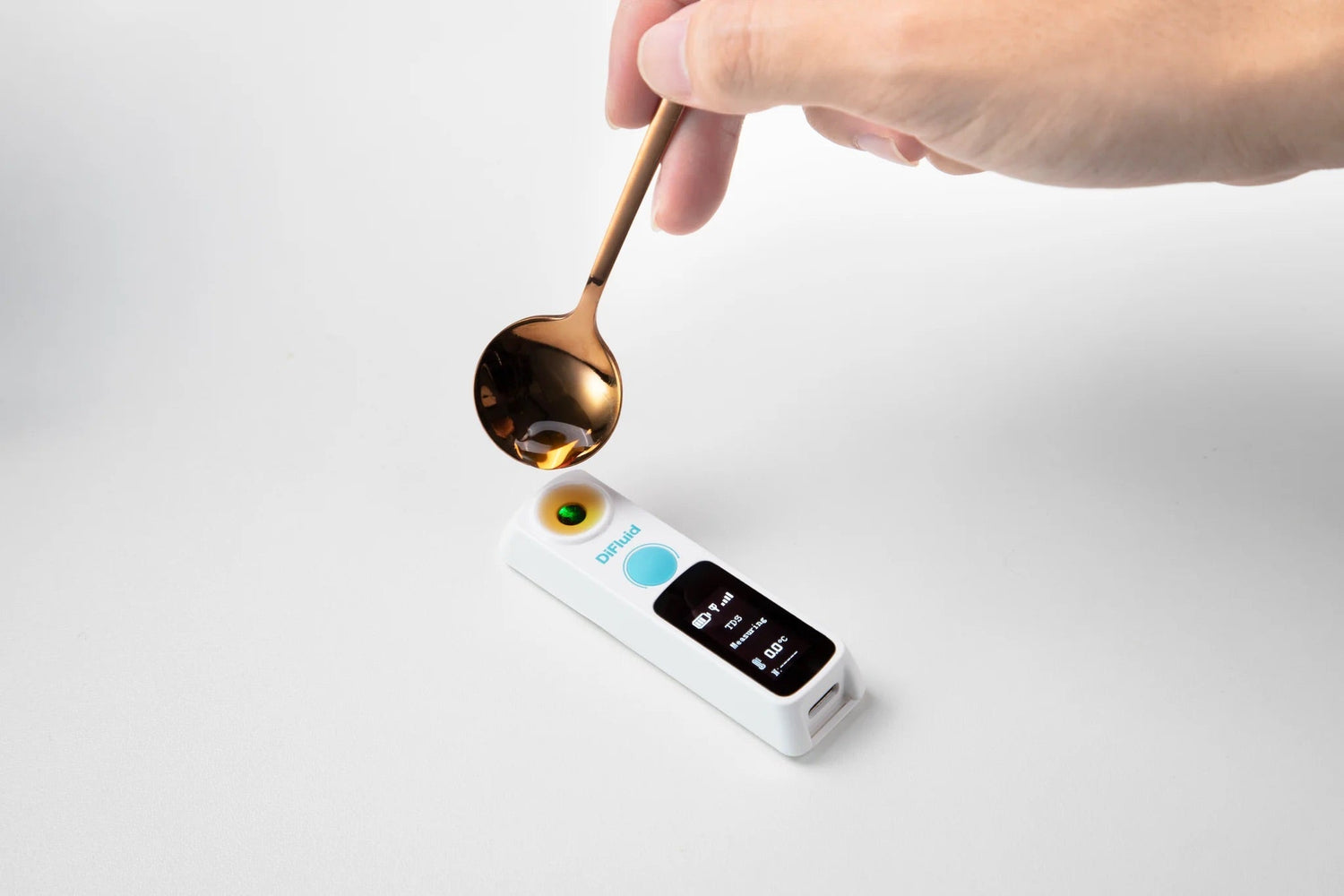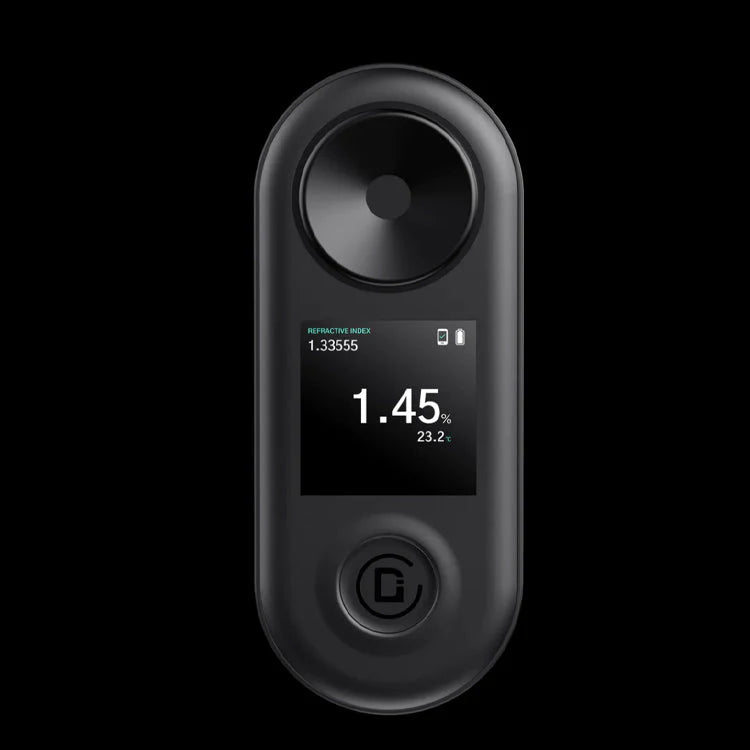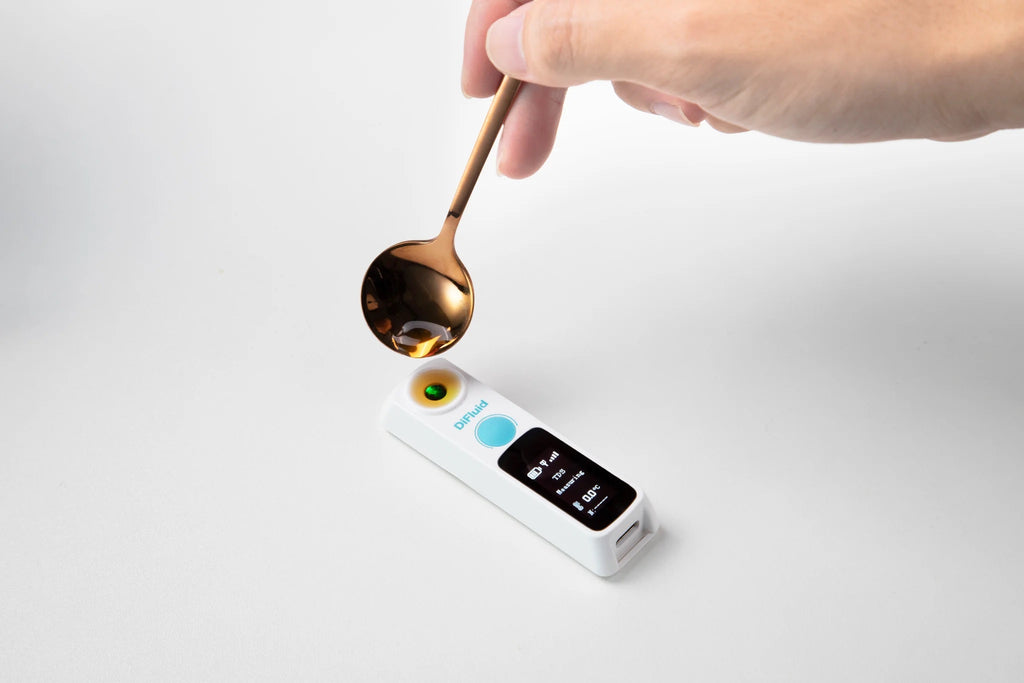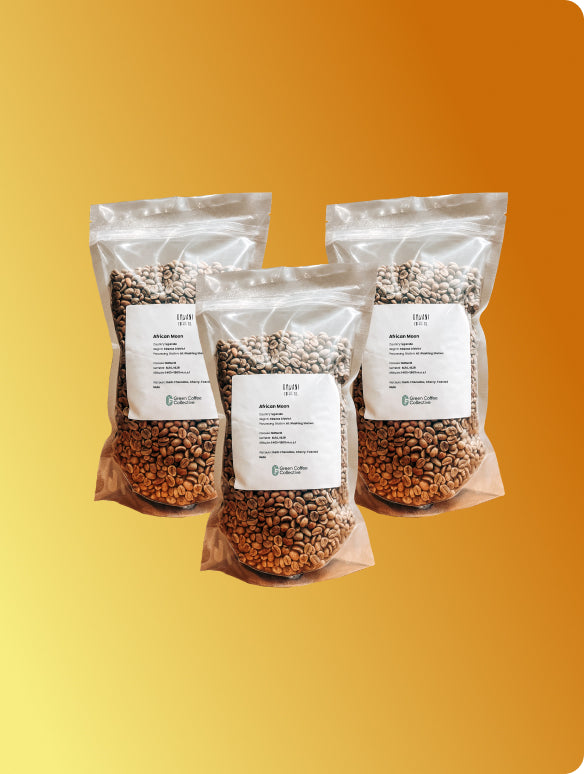
Refractometers
Refractometers bring lab-grade precision to coffee brewing. By measuring Total Dissolved Solids (TDS), they help you understand how much of the coffee has been extracted into the cup – giving you the data to fine-tune recipes and brew more consistently. Used by baristas, roasters, and quality control teams, they’re a valuable tool for anyone chasing better coffee through better measurement.
-
Explore NowRegular price £175.95
Regular priceUnit price / per -
Your guide to Refractometers
-
What does a coffee refractometer measure?
-
Who uses them – and why?
-
How do they help improve brewing?




